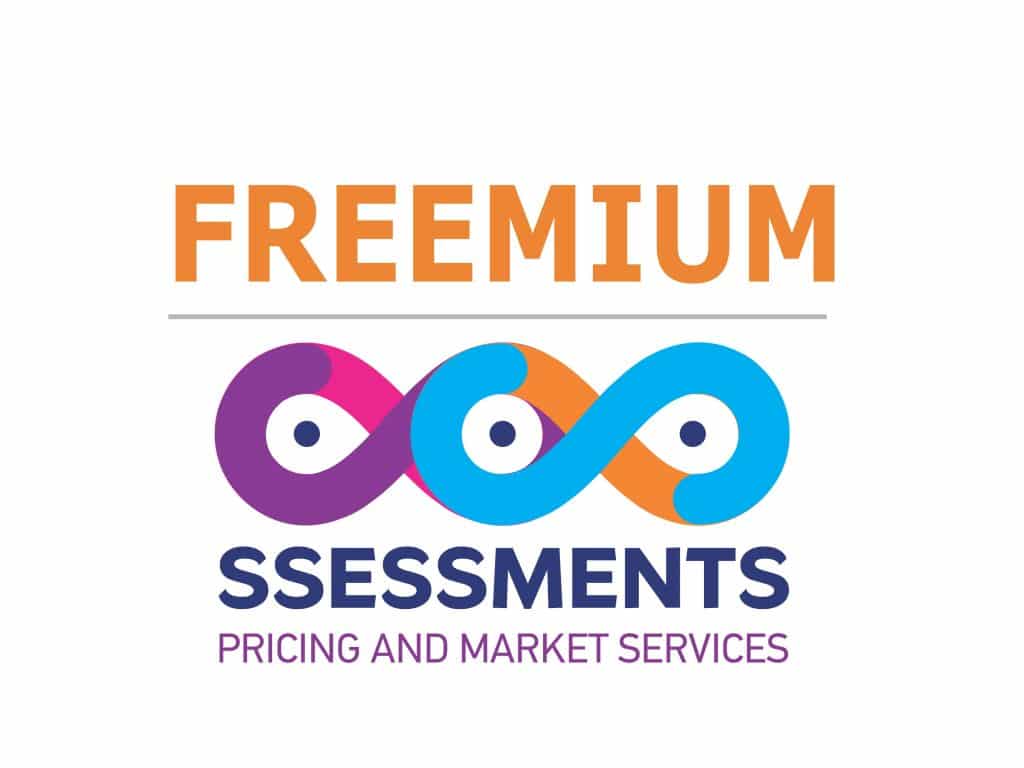According to American Chemistry Council (ACC) Weekly Chemistry & Economic Trends report on April 14, 2023, the number of new jobless claims increased by 11,000 to 239,000 during the week ending 8 April. Continuing claims decreased by 13,000 to 1.81 million, and the insured unemployment rate for the week ending 1 April was 1.2%, down slightly from the previous week’s revised rate of 1.3%.
Consumer prices rose slightly (by 0.1%) in March and were up 5.0% from a year ago. Excluding the volatile food and energy components, core consumer prices were up 5.6% Y/Y. Both annual measures were their lowest since the latter part of 2021. Housing costs were the largest contributor to the monthly increase in the index for all items less food and energy.
Headline producer prices moved lower by 0.5% in March, primarily attributed to a 6.4% decline in energy. Prices for food and trade services were mostly stable. The price index for truck transportation fell another indication of easing supply chain problems. On a Y/Y basis, prices were up 6.1% (3MMA). Gains in core producer prices (which exclude food, energy, and trade services) slowed to 0.1% compared to February and up 3.6% Y/Y.
Import prices were 0.6% lower in March (compared to February) and they’ve declined 4.6% over the past 12 months. Import fuel prices declined 2.9% in March and have declined 27.9% over the past 12 months. Export prices fell 0.3% in March and have declined 4.8% over the past 12 months.
Retail sales were down 1.0% in March but up 2.9% Y/Y. Compared to February, sales declined across nearly every category. Among the gains were sales at health and personal care stores (up 0.3%), sporting goods, hobby, musical instrument & book stores (up 0.2%), miscellaneous store retailers (up 0.2%), non-store retailers (i.e., online platforms) (up 1.9%) and food services & drinking places (up 0.1%). Compared to a year ago, sales at food services and drinking places were up 13.0%, while sales at gasoline stations were down 14.2%.
Business inventories were 0.2% higher at the end of February (compared to January) and 9.1% higher than they were at the end of February 2022. Inventories increased at the retail and wholesale levels but were drawn down in manufacturing. Combined business sales were flat as wholesale sales rose, retail sales were unchanged and manufacturers’ sales fell in February. Compared to a year earlier, sales were up by 3.3% and higher in all sectors. The inventories-to-sales ratio was unchanged at 1.36 in February. A year ago, the ratio was 1.22.
Wholesale trade rose 0.4% in February, following a 0.4% increase in January. Higher sales of automotive, furniture, lumber, electrical, computer equipment, metals, machinery, paper, drugs, groceries, chemicals and alcohol offset lower hardware sales, farm products, and petroleum. Wholesale inventories increased by 0.1%, following a 0.6% decrease in January. Sales were up 1.3% Y/Y, while inventories were up 12.0% Y/Y. The inventories-to-sales ratio ticked down slightly to 1.37 compared to January but was up from 1.24 in February 2022. Among the categories with the most significant monthly increase in the inventories-to-sales ratio were metals, hardware, machinery, and apparel.
Headline industrial production was up 0.4% in March, following a 0.2% gain in February and a 0.9% gain in January. Manufacturing and mining output were down by 0.5% in March. Performance among individual sectors was mixed. Within manufacturing, production rose in primary metals, aerospace and miscellaneous transportation equipment, textiles, apparel, paper, petroleum and coal, plastic and rubber products. Capacity utilization rose 0.2 to 79.8% and capacity was 1.4% higher than a year earlier.
For More Information
ACC members can access additional data, economic analyses, presentations, outlooks, and weekly economic updates through MemberExchange.
In addition to this weekly report, ACC offers numerous other economic data that cover worldwide production, trade, shipments, inventories, price indices, energy, employment, investment, R&D, EH&S, financial performance measures, macroeconomic data, plus much more. To order, visit http://store.americanchemistry.com/.
Every effort has been made in the preparation of this weekly report to provide the best available information and analysis. However, neither the American Chemistry Council, nor any of its employees, agents or other assigns makes any warranty, expressed or implied, or assumes any liability or responsibility for any use, or the results of such use, of any information or data disclosed in this material.
ACC_EconomicsDepartment@americanchemistry.com
American Chemistry Council
The American Chemistry Council (ACC) represents the leading companies engaged in the multibillion-dollar business of chemistry. ACC members apply the science of chemistry to make innovative products, technologies and services that make people's lives better, healthier and safer. ACC is committed to improved environmental, health, safety and security performance through Responsible Care®; common sense advocacy addressing major public policy issues; and health and environmental research and product testing. ACC members and chemistry companies are among the largest investors in research and development, and are advancing products, processes and technologies to address climate change, enhance air and water quality, and progress toward a more sustainable, circular economy.


